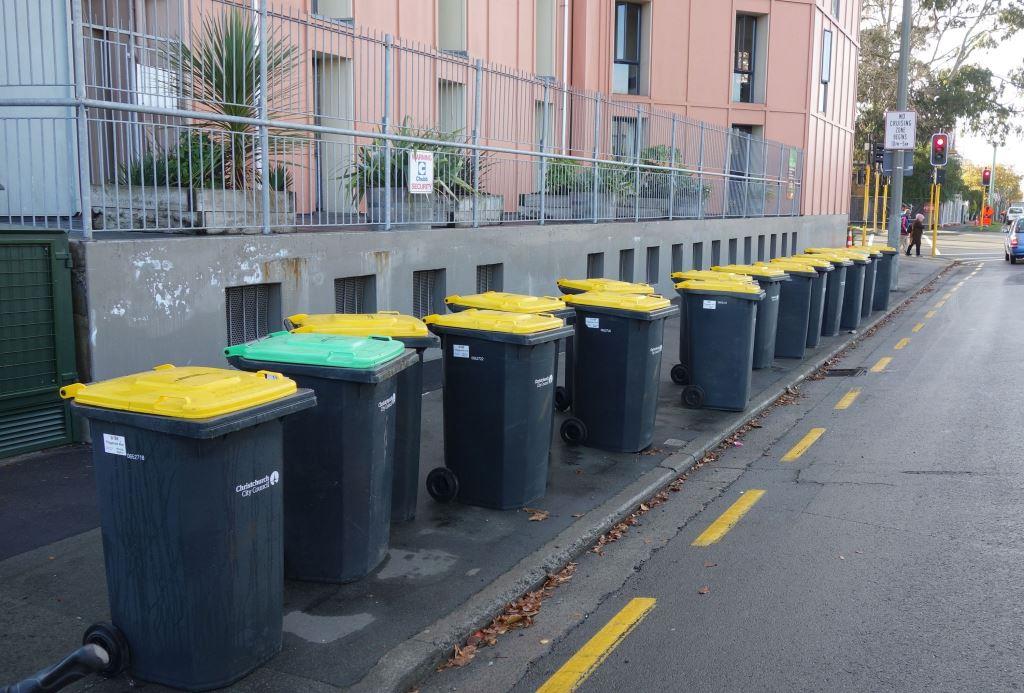Building the first SBF
Here at ViaStrada, our team members don't just plan and design facilities for cycling, but are all active users. This gives us first-hand experience of what works and what is important, and it sets us apart from many of our peers.
The trend of providing separated bicycle facilities (SBFs) has now reached New Zealand. So, for professional development and to gather some practical examples, we sometimes go out on urban bike rides as a team. We identify things that work well and discuss traffic engineering solutions to the problems we encounter.
From a few of the examples we tested, we have developed some important practical pointers. Many of the issues will only have to be sorted out once, so your first SBF will definitely be the hardest!
- If you build a physical separator, there will be little scope later to improve the surface, and even less scope to improve crossfall. Get those two things right before you do anything else.
- On-road cycle lanes are usually cleared of debris by motorised traffic driving through them. This will not happen with SBFs. How will you keep the surface clear of debris? If you have pathway sweepers, will they fit along the SBF?
- You will need to work out how domestic rubbish collection is to be carried out, then tell both residents and the contractor what to do. If this item is neglected you could build a facility that is unusable for 1 day out of 7.
- Develop a generic traffic management plan to use when you have to close the SBF for physical works. You can't build a facility that supposedly works for an interested but concerned user, but then expect them to work out for themselves how to negotiate traffic on the road when a contractor carries out work.
The design of SBFs is anything but straightforward, especially at intersections. For competent advice, contact Warren at ViaStrada.


